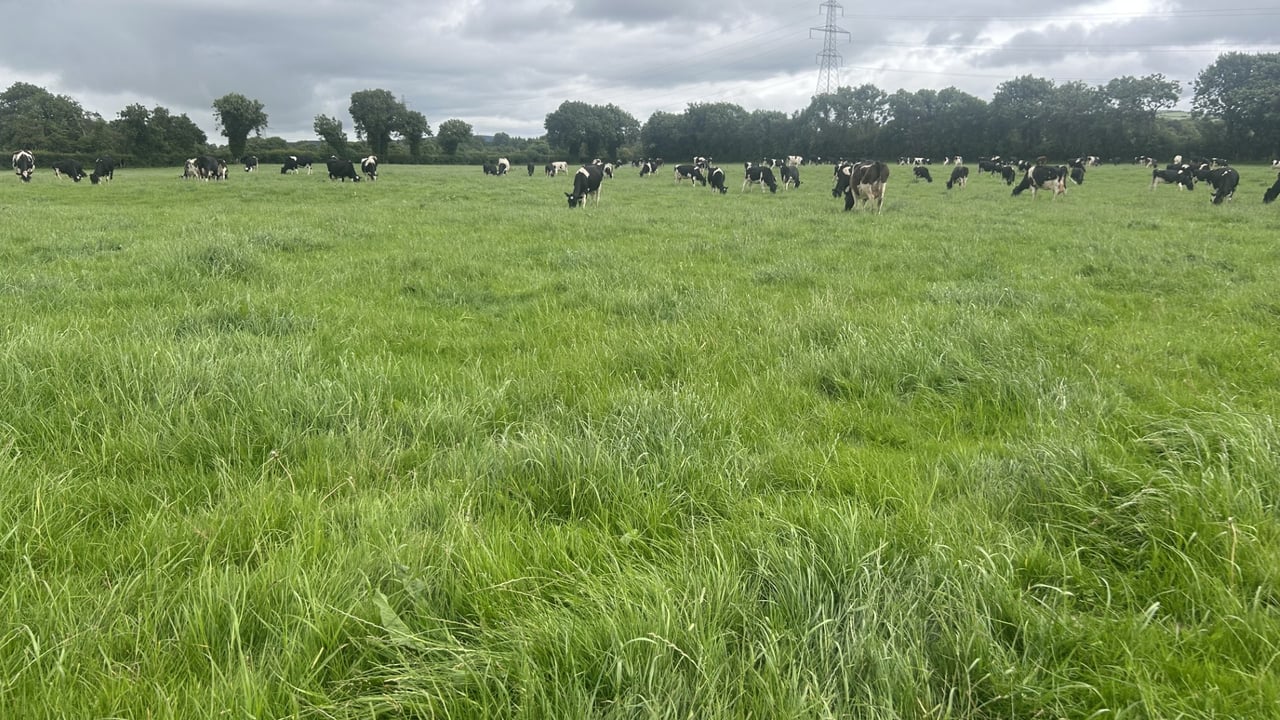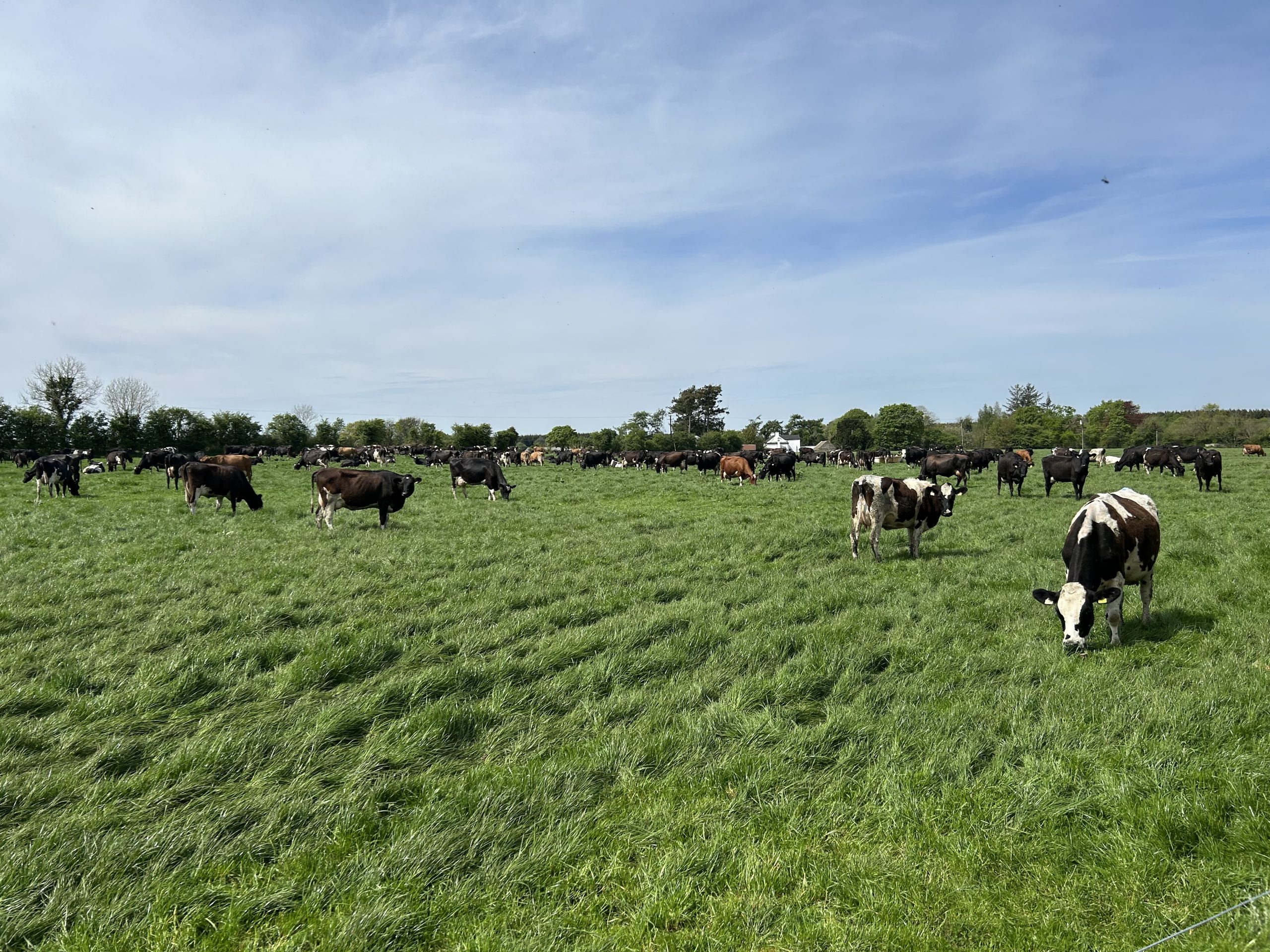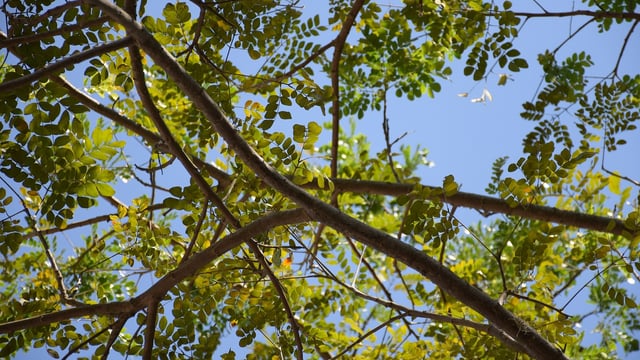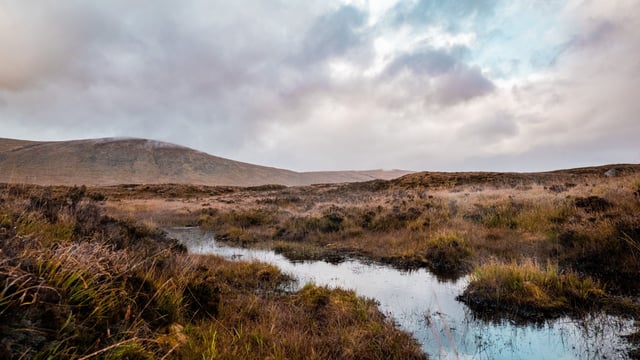Warm & wet weather driving grass surpluses on farms: what now?
Grass growth has taken off and many farmers are now dealing with surplus grass on farms.
With the warm and wet weather lingering for the last week to 10 days, grass growth has shot off and those farmers who were suffering with soil moisture deficits have nearly recovered.
The south and south-east of the country were particularly suffering with poor grass growth, with many were feeding palm kernel, surplus bales, and extra meal to try and hold the rotation length.
However, for the most part - except for a small few still in deficit - grass covers have recovered, with two thirds of the country currently dealing with surplus grass on the farm.
Grass growth in the last 10 days has shot up to about 67kg dry matter (DM)/ha, going well past the demand of 50kg DM/ha, which means that demand will have to be increased to keep quality ahead of cows.
The average diet is currently 15.5kg of grass DM with 3.5kg of meal, and the average pre-grazing yield is 1,466kg DM/ha.
According to Pasturebase Ireland, some farms, particularly in the northern half of the country are already at mid-August targets of 250kg DM/LU, and this should ideally be at about 180-200kg DM/LU at this point.
If pre-grazing yield is at or above 1,600kg DM/ha, farmers should consider removing these paddocks for surplus bales as at current growth rates. Ideally the rotation needs to be at 20-21 days long to keep quality ahead of cows.
At a 20-21 days rotation, at current growth rates, this will ensure cows are going into covers of 1,400kg DM/ha when the plant is at its three-leaf stage, full of protein and quality.
Taking paddocks out for bales will shorten the rotation, increase demand, and subsequently keep quality covers ahead of cows.
Take out paddocks as soon as you can when growth rates are still high.
Rremember that for every four bales/acre harvested, 24 units of potassium (K) is removed - so keep a list of paddocks that require additional K.
Ensure that paddocks taken out are replaced for nitrogen (N), phosphorus (P), and K. When these paddocks are cut, it is an ideal to time to rectify soil pH with an application of lime, if possible.
N application should be 25-30 units/N/ac for August, while keeping an eye on your fertiliser allowance. Half rate N or dairy washings should be used on grass clover paddocks.
Farmers need to ensure that cows are leaving behind tight residuals to maintain high quality regrowth on swards as we enter into the autumn and the focus will begin to turn to building up covers.
Farmers need to remember that extending the grazing season is worth €2/cow/day and will reduce the labour requirement and save on fodder.
Eventually, as we get into August, rotation length is going to play a key role in building covers as we will go from a 20-day rotation to a 25-day rotation by the middle of the month.

